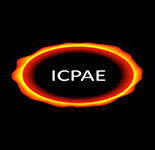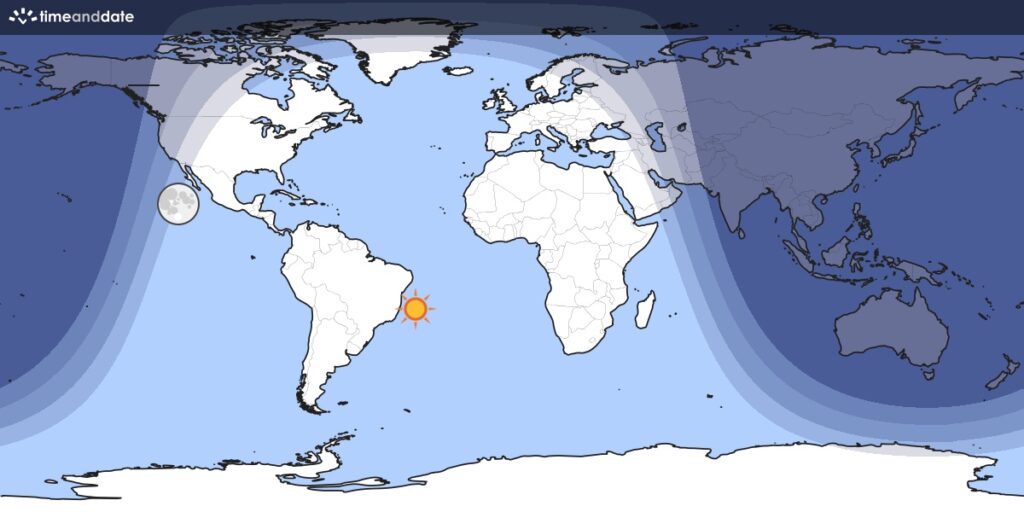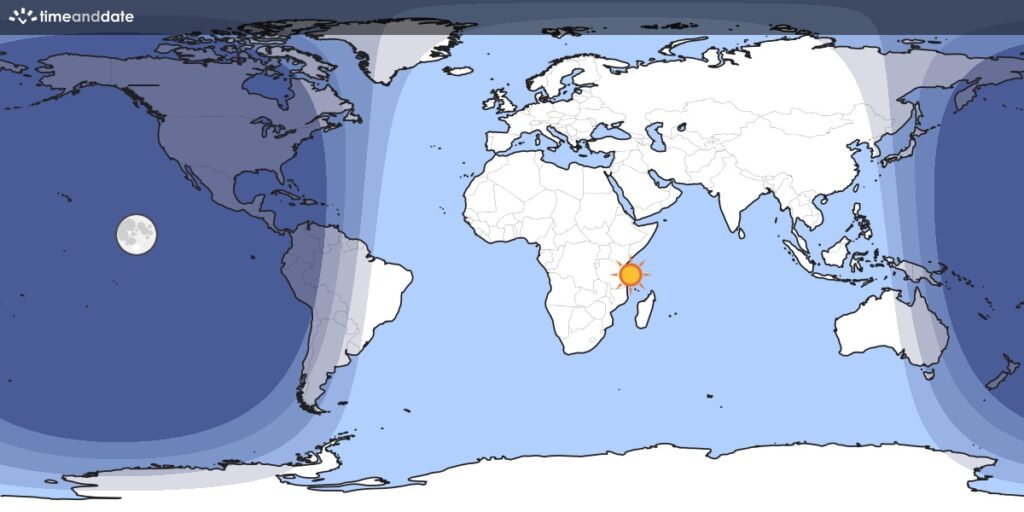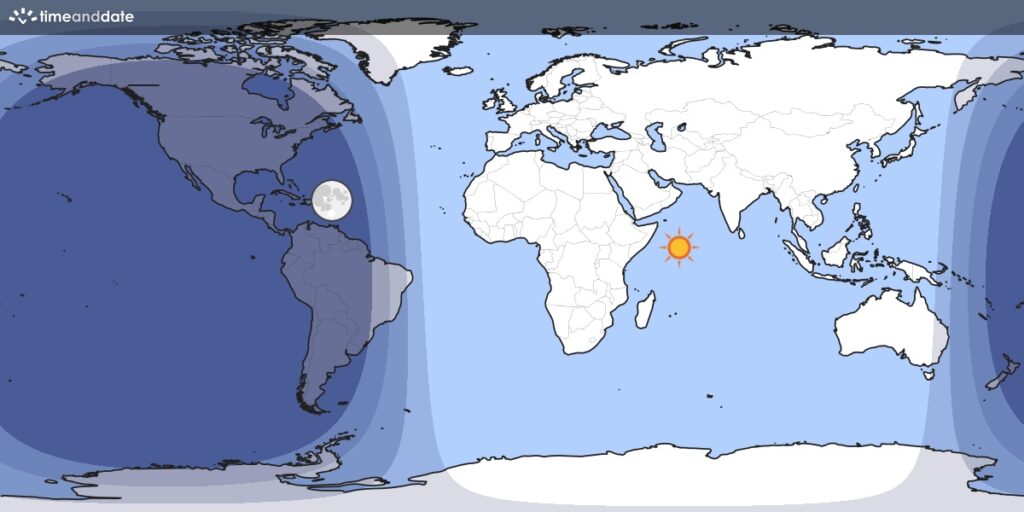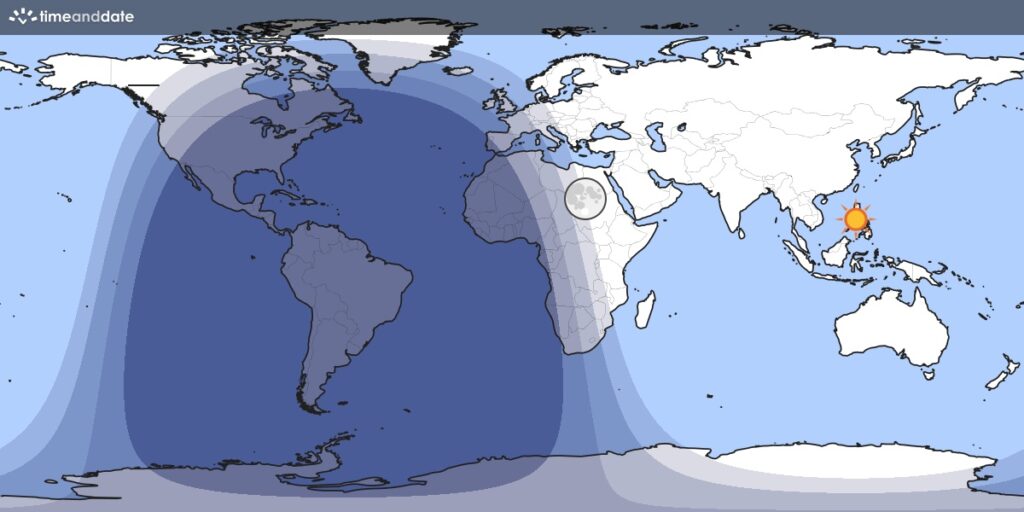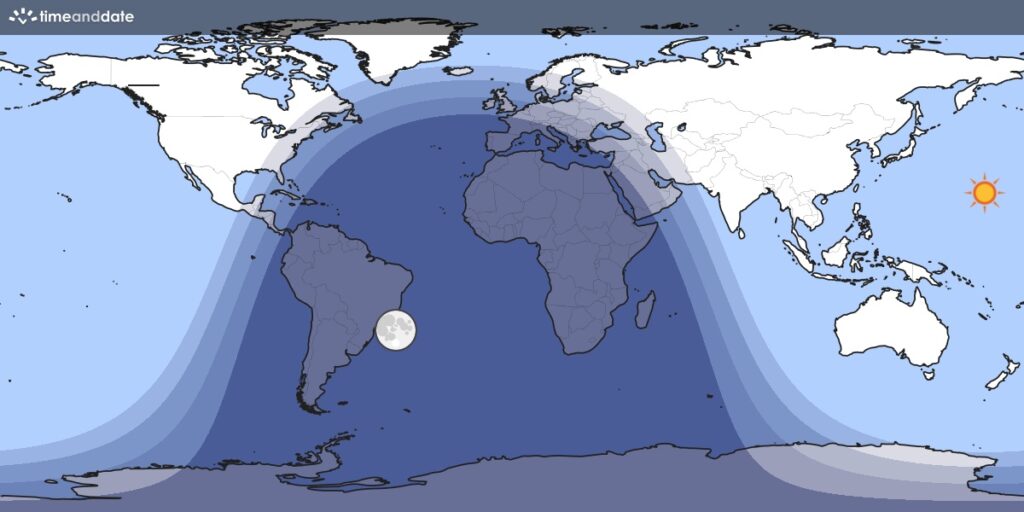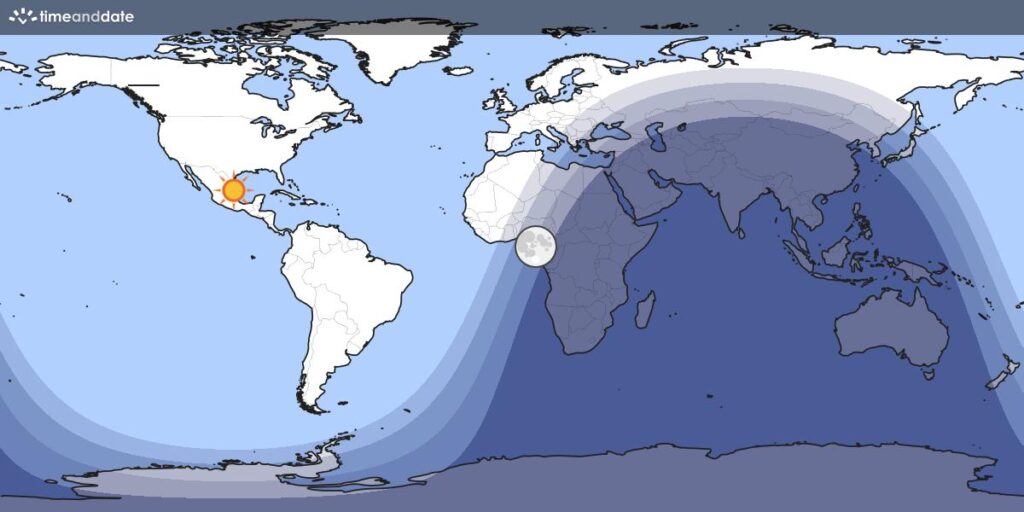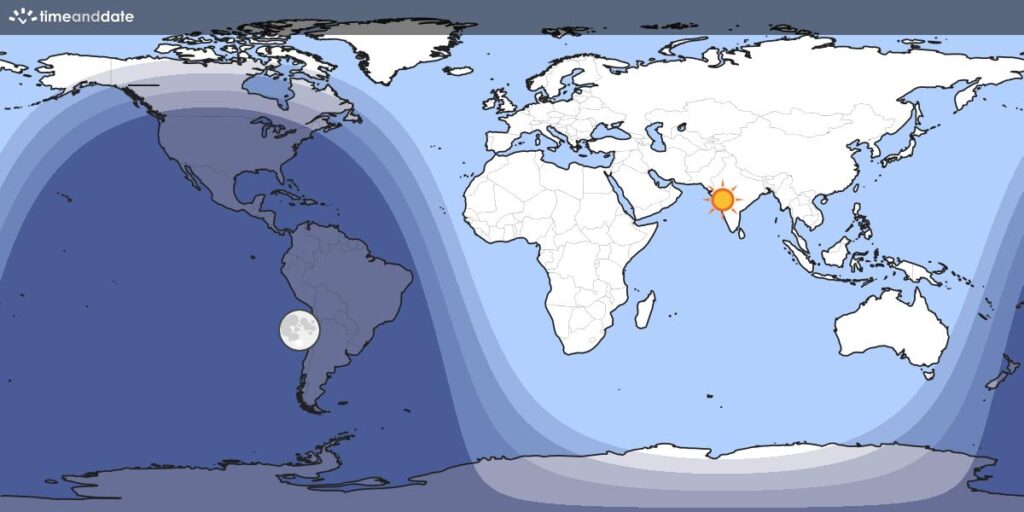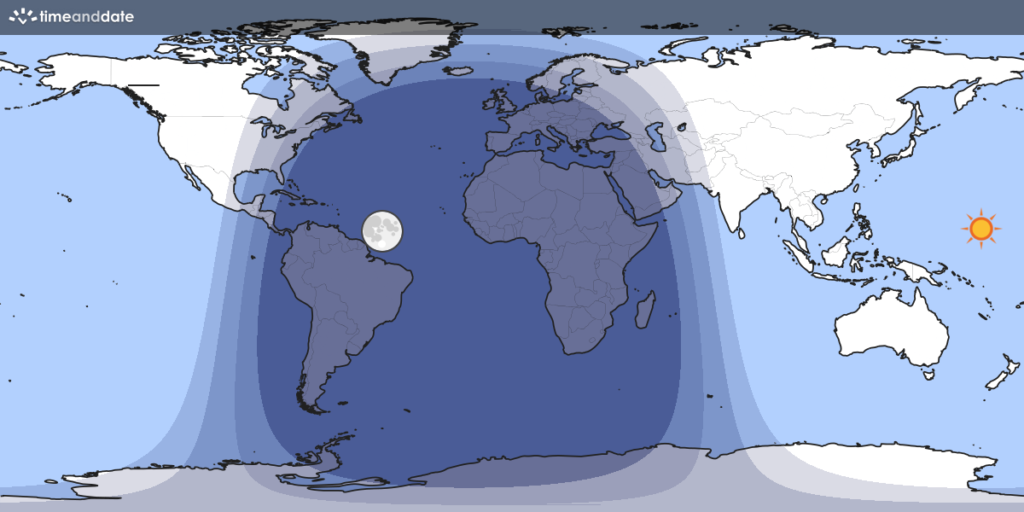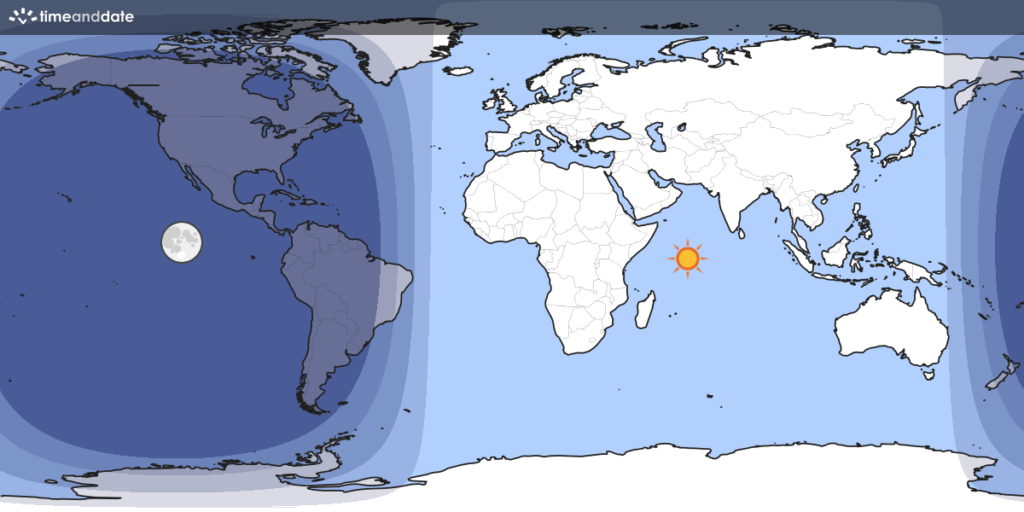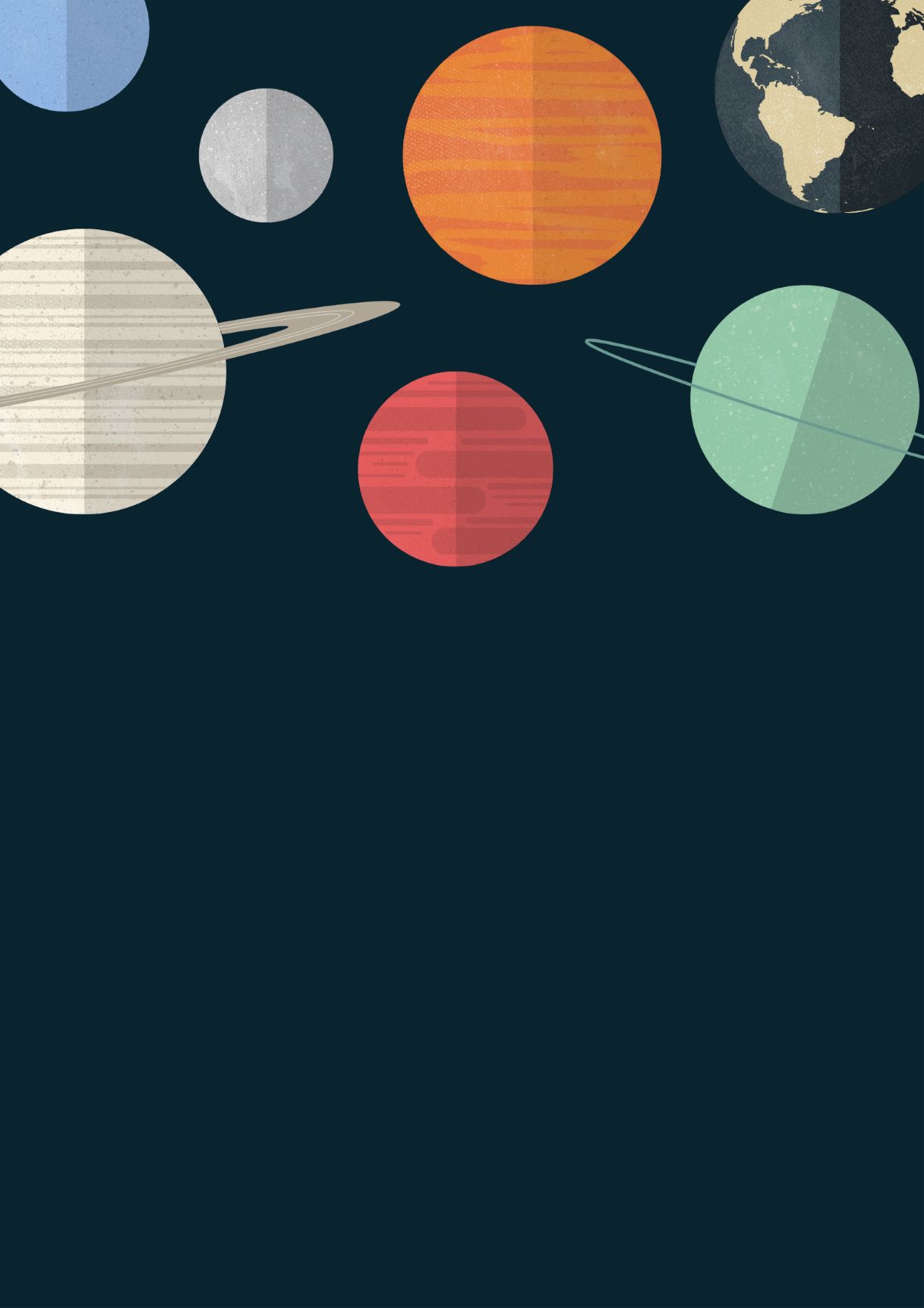
Dec 7th 2022, 14:00 UTC
15:00 CET and 09:00 EST
(2 PM in London, 10 PM in Beijing, 9 AM in New York)
The Atmosphere of Mars as Observed by the ExoMars Trace Gas Orbiter
Juan Alday
(Open University, United Kingdom)
Recorded video: YouTube, Bilibili
Abstract:
The ExoMars Trace Gas Orbiter (TGO) has been scanning the atmosphere of Mars for four years, providing unprecedented measurements of its composition and vertical structure. One of the primary objectives of the mission is to study the water cycle, linking the measurements in the lower and upper atmospheres to better understand the escape of water to space. Recently, measurements from the TGO allowed the first detection of HCl, providing key information about a new type of chemical cycle on Mars. Finally, measurements of the isotopic ratios in CO2, H2O and CO by the TGO allow the characterisation of fractionation sources in the atmosphere, relevant to better understand the long-term evolution of the atmosphere of Mars throughout history. In this seminar, we provide an overview of the ExoMars mission and report some of the latest results from the orbiter.
About the speaker:
Dr. Juan Alday is a Postdoctoral Researcher at The Open University, United Kingdom. He obtained his PhD at the University of Oxford in 2021 using isotopic measurements from the ACS instrument on the ExoMars Trace Gas Orbiter, for which he was awarded the Royal Astronomical Society Keith Runcorn Prize. His work focuses in understanding the dust, water and chemical cycles in the atmosphere of Mars, with a particular interest in understanding how these cycles influence its isotopic composition.
Audience in the world:
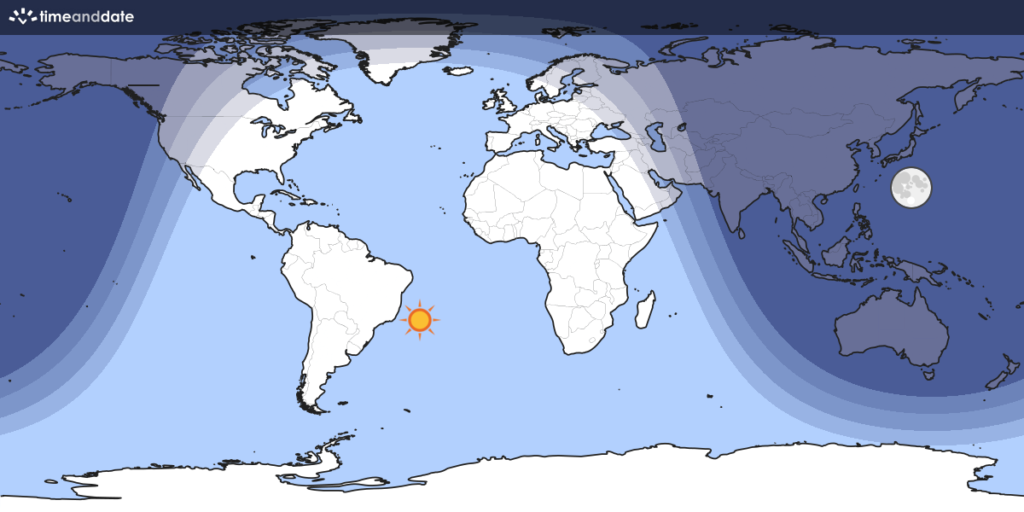
(image credit: timeanddate.com)

Organization: ICPAE
(https://www.iamas.org/icpae/webinar)
Supported by IAMAS (https://www.iamas.org)
